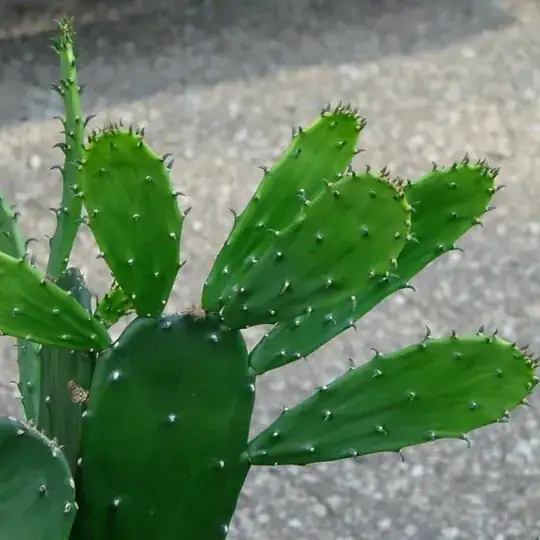I recently purchased a small cactus plant from my local store for about $5.
I've been giving the cactus lots of sunlight and a good watering every week.
I've noticed that since I bought it, the other cactii at the store have sprouted long and deadly looking spikes of at least 2 inches in length. My cactus has extra little clones growing out of it but its spikes are stunted and disappointing.
Why won't my cactus grow spikes?
My cactus is of this variety:

Update
Well it's been about 8 months and my cactus has finally started to grow spines!
I stopped watering it altogether, but instead gave it a good misting every day. Once I increased the frequency of the misting, it grew a new head with spines of the sharp variety.